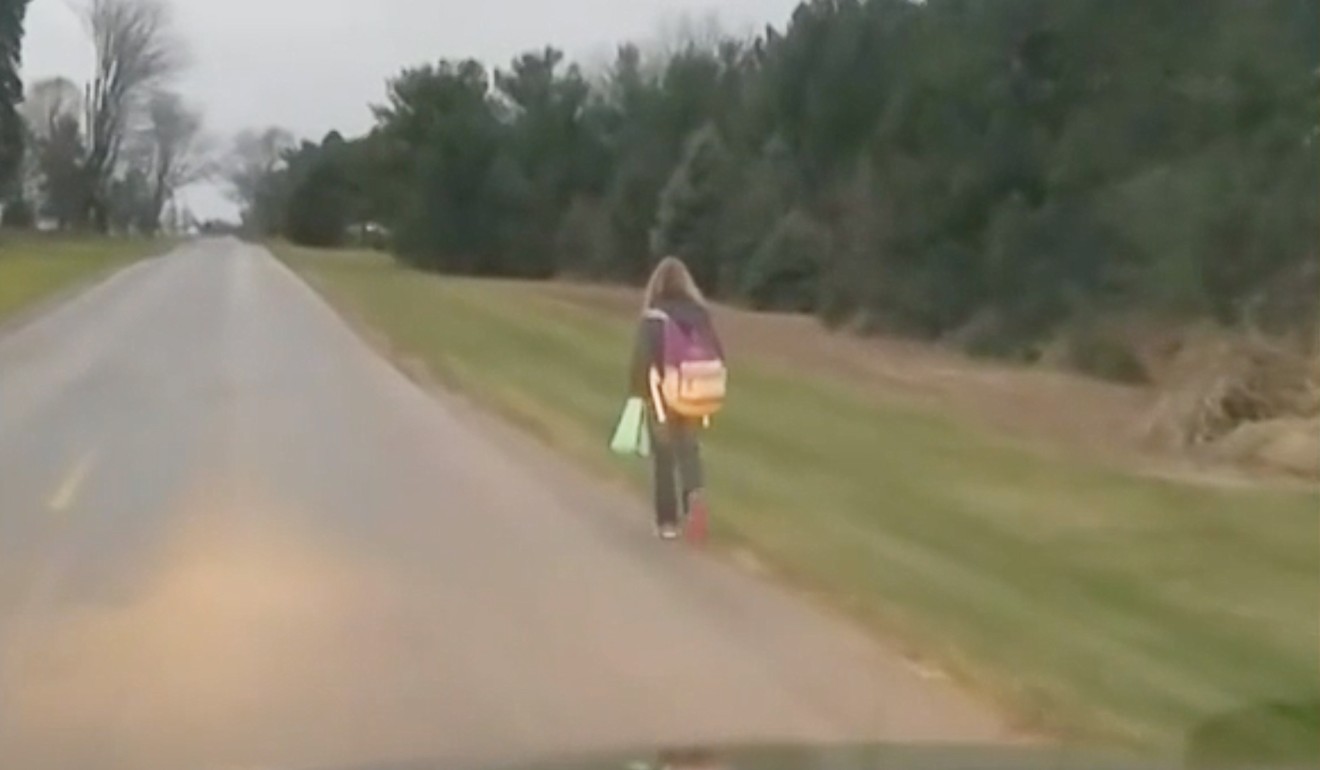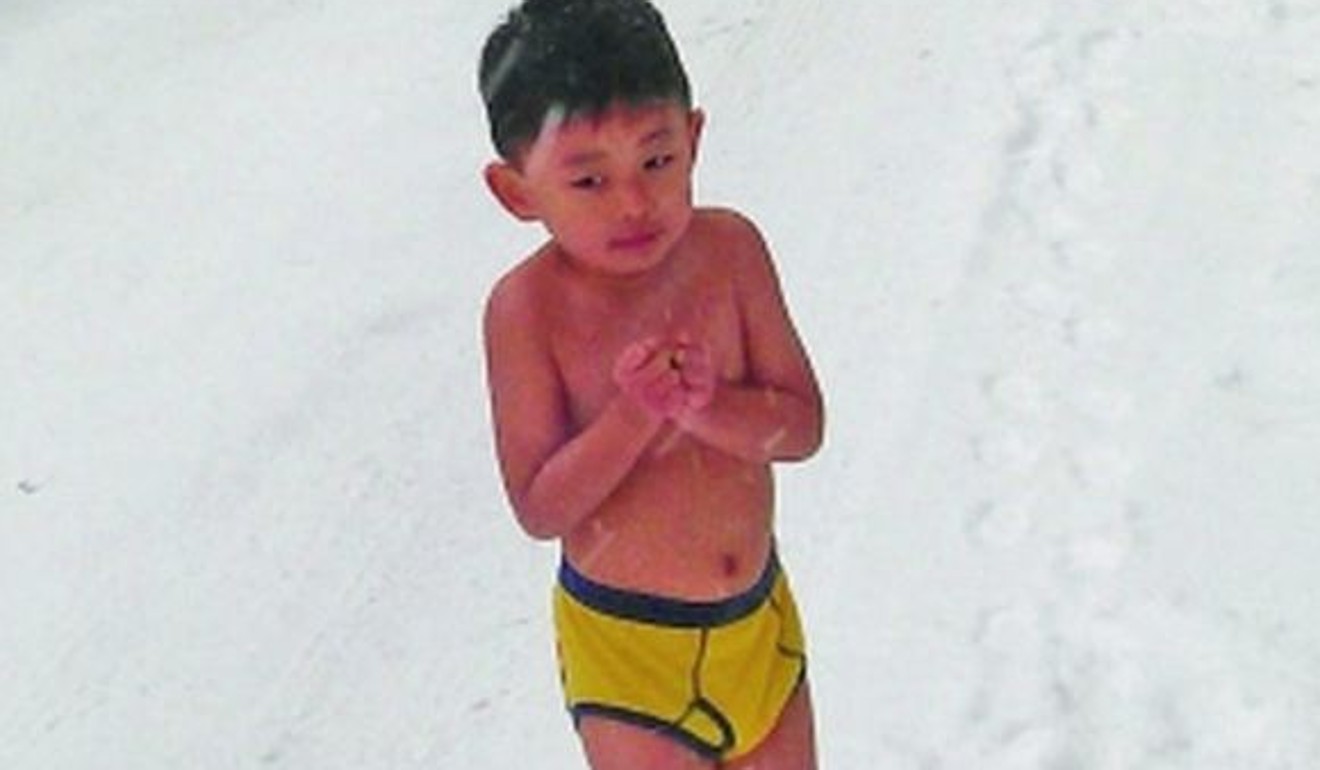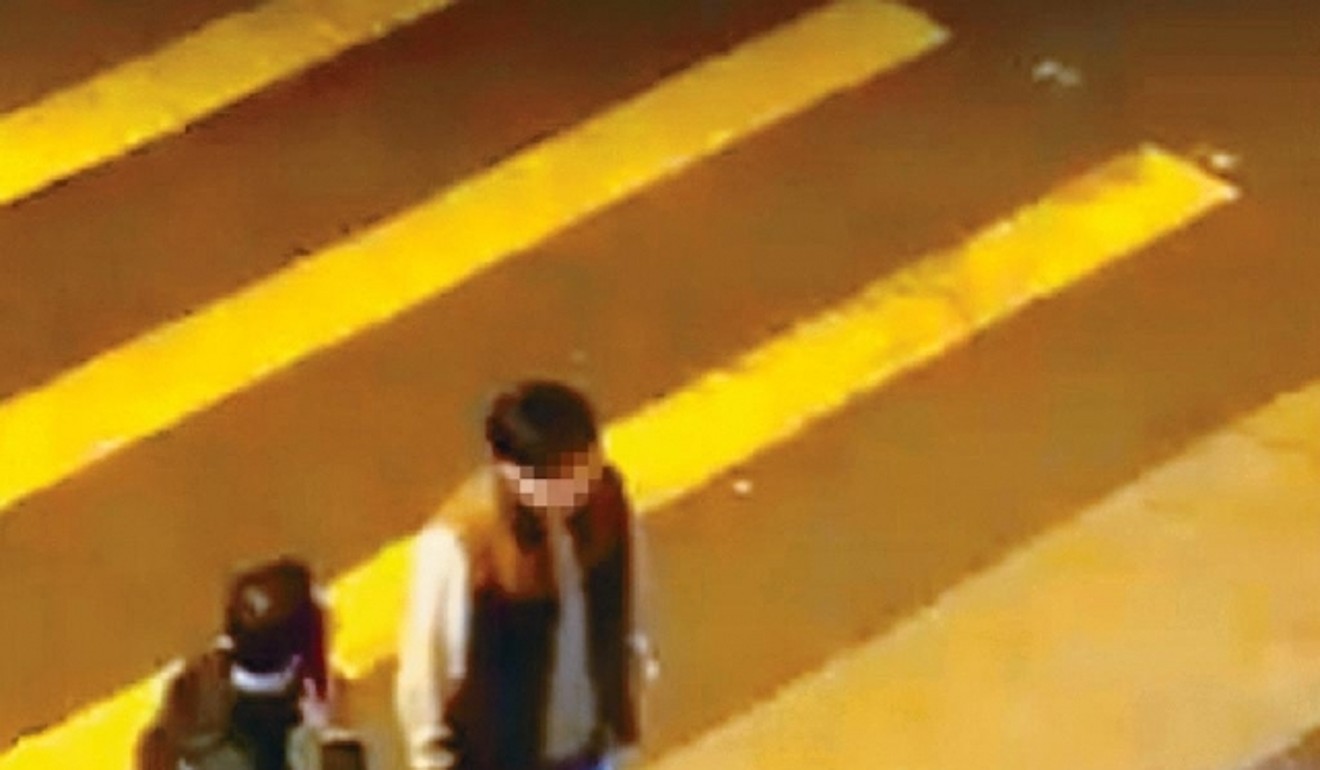
Your child is a bully, what do you do? Why empathy, not harsh punishment, is the right course
- Positive and negative reinforcement, role modelling, and punishment – these are possible ways to deal with your child’s bullying, experts will tell you
- Harsh punishment may not work, but nor will leniency. You need to understand why your child is a bully, and instil empathy in them
No parent wants to be told, or to admit, that their child is a bully. It reflects badly on their parenting skills and their role as a moral compass to their children.
Some parents sweep their shame under the rug, while others go to the opposite extreme. This happened in a recent case in which a father in America made his 10-year-old daughter walk to school in the freezing cold as punishment for bullying classmates on the school bus.
‘What’s an orgasm?’ my 11-year-old asked. How to teach kids about sex
The girl was suspended from using school transport for three days. Instead of driving her the 8km (5 miles) to school, the father made her walk to teach her what he thought was a valuable lesson.
He drove alongside his daughter, filmed her walking, and posted the video on social media; it received more than 20 million views. Not surprisingly, his actions drew wide support as well as harsh criticism.

Such strict parenting is not uncommon. In 2012, a four-year-old Chinese boy was stripped down to his underpants and forced to stand in the snow by his father. The boy had done nothing wrong; the father just wanted to help build his self-confidence by pushing him to his absolute limits.
Last year, a Hong Kong father forced his eight-year-old son to cross a busy road on his knees for lying about his homework and behaving badly in school. The man was arrested and charged with child abuse.
Experts will tell you there are various ways to discipline children. These can be summed up as positive and negative reinforcement, role modelling, and punishment; the last approach is often said to be the least effective.

Disciplining a child is a learning process for both parties that requires time, patience, and mutual understanding. Extreme measures do not always generate the desired outcome. Every case is different and comes with different trigger factors.
First and foremost, parents need to find out the reasons for their child’s behaviour.
Bullying takes many forms – physical, emotional, such as name-calling or ostracising, and cyberbullying. When parents discipline a child for bullying or other misconduct, their approach should depend on the nature and seriousness of their behaviour.
Whether the action they take is effective depends on how it is dished out, how often and for how long. Avoid harsh punishments, since often the outcome is the opposite of the one parents intended.
For example, you cannot reprimand a child for using foul language by swearing at them, or punish a child for beating up another child by using physical punishment. That only creates a vicious cycle, because the child may take it as validating his or her use of violence and conclude that the dated adage “an eye for an eye” is something to live by.

However, if parents are too lenient, the child may think their behaviour is not a serious problem and will not change their ways.
One sure-win approach is to instil empathy, teach children about respect, develop their social skills and help them build healthy relationships with their peers. Children who see their peers bullying others may come to believe that is the way to behave, especially if they aspire to be friends with the bullies, and unwittingly turn into bullies themselves. Parents need not only to teach their children what is right and wrong, but to give them the courage to walk away in such a situation.
Where charities offer parenting skills training, parents should take advantage of it. Parents can also use social media to set up self-help channels.
When you come out to your parents and they take it badly
Meanwhile, they should hold schools to account when bullying happens, and demand they take steps to prevent and resolve it. Bully and victim, their parents, and the school need to discuss incidents together and, no matter trying it may be, identify the root cause of the bully’s behaviour. They may have been bullied themselves, have underlying emotional issues, or acted because of peer pressure, for example.
Because bullying often stems from deeply rooted issues, finding out what those issues are and resolving them can put a stop to the bullying.
Parenting is a difficult balancing act because there are so many variables to consider. We just have to be honest with ourselves because we know what is best for our child.
Whichever path we choose as parents, we must always make sure we do it with our children. And as we teach them to grow into adulthood, it is vital that we also grow with them.
Luisa Tam is a senior editor at the Post

